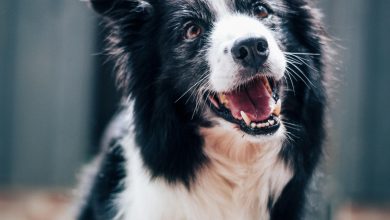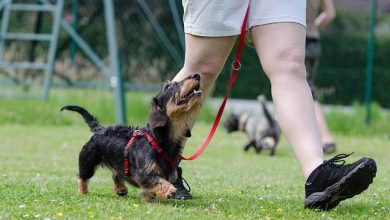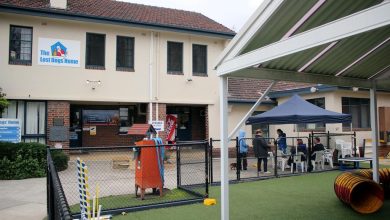Reward Training Techniques to Prevent Separation Anxiety in Dogs
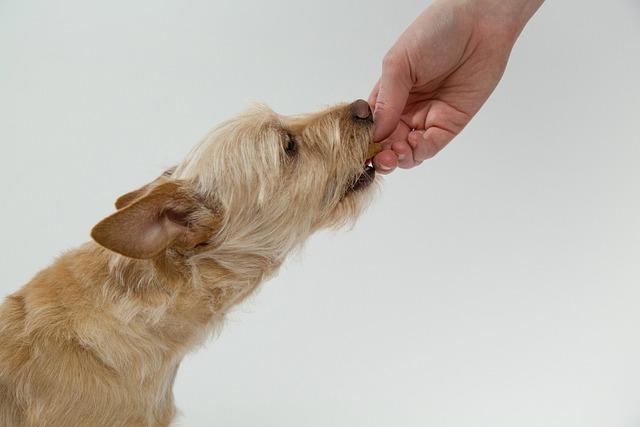
In the quiet moments before leaving home, a familiar unease settles in for both dog and owner. The door clicks shut, and what follows for many canine companions is a whirlwind of distress—separation anxiety, a common challenge that tugs at the heartstrings of countless pet owners. Yet, amidst this turmoil, a beacon of hope emerges in the form of reward training techniques. These methods, grounded in positive reinforcement, offer a compassionate pathway to ease the anxiety that grips our furry friends. By transforming moments of absence into opportunities for growth and resilience, these techniques promise not just a solution, but a journey toward a more harmonious relationship between dog and owner. Join us as we explore how the power of rewards can reshape the experience of separation, turning it from a source of fear into a stepping stone for confidence and calm.
Understanding Canine Separation Anxiety and Its Impact
Separation anxiety in dogs is a complex emotional response that manifests when they are left alone or separated from their primary caregivers. This condition can lead to destructive behaviors, excessive barking, and even self-harm. Understanding the impact of this anxiety is crucial for pet owners, as it not only affects the well-being of the dog but can also strain the bond between the pet and its owner. The emotional turmoil experienced by dogs with separation anxiety can be distressing, leading to feelings of abandonment and insecurity. Recognizing these signs early can help in implementing effective strategies to mitigate the anxiety.
- Destructive behavior: Chewing furniture, digging, or scratching doors and windows.
- Excessive vocalization: Barking, whining, or howling when left alone.
- Escape attempts: Trying to break free from crates or confined spaces.
- Self-injury: Licking or biting themselves, leading to skin irritations or wounds.
Addressing these behaviors with positive reinforcement and patience can lead to a happier, more secure pet. Employing reward-based training techniques not only helps in reducing anxiety but also strengthens the trust between you and your furry friend.
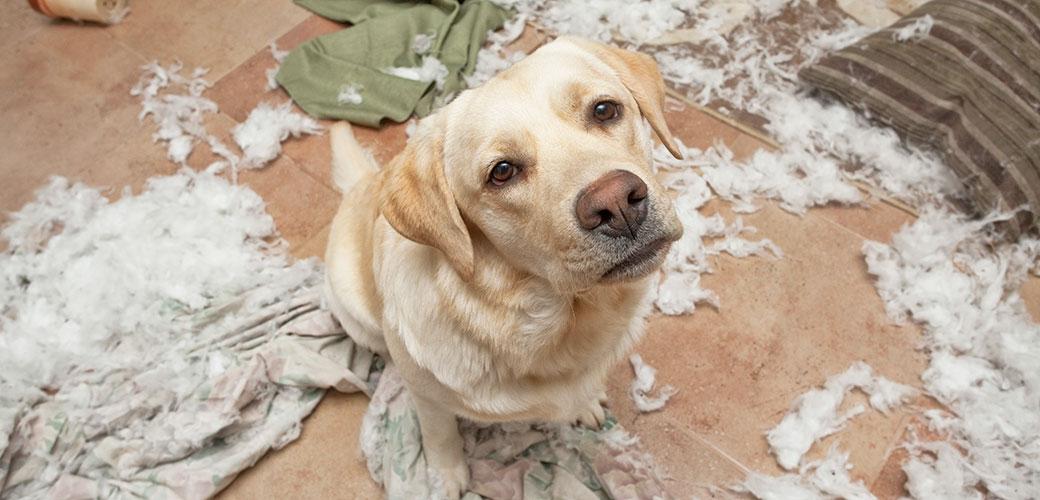
Building a Positive Association with Alone Time
One of the most effective ways to help your dog develop a healthy relationship with being alone is through reward-based training. This involves associating your departure and absence with positive experiences for your pet. Begin by identifying a few activities or treats that your dog truly loves. These could be special toys, interactive puzzles, or delicious snacks that are reserved solely for those times when they are left alone. By consistently offering these during your absence, your dog will start to see alone time as an opportunity for enjoyment rather than distress.
- Interactive Toys: Invest in toys that stimulate your dog’s mind, such as treat-dispensing puzzles or durable chew toys.
- Calming Music: Play soothing music or white noise to create a serene environment that reduces anxiety.
- Comfortable Space: Ensure your dog has a cozy area with their favorite blanket or bed where they feel safe.
By implementing these techniques, you can gradually build a positive association with alone time, making it a rewarding and stress-free experience for your furry friend.
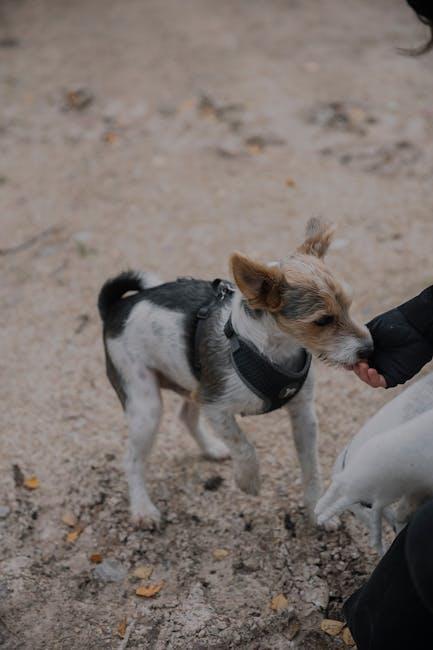
Engaging Exercises to Ease Anxiety and Foster Independence
Incorporating engaging exercises into your dog’s routine can play a crucial role in managing separation anxiety while promoting self-reliance. Interactive toys and puzzle feeders are fantastic tools to mentally stimulate your furry friend. By providing challenges that require them to think and solve problems, you help redirect their focus from your absence to a rewarding activity. Consider introducing a variety of these toys to keep things fresh and exciting. Consistent use can lead to a more confident and independent dog.
- Hide and Seek: Hide treats around the house or yard and encourage your dog to find them, enhancing their natural foraging instincts.
- Basic Obedience Training: Regular sessions of sit, stay, and come not only reinforce good behavior but also establish a sense of routine and predictability.
- Structured Walks: Implement new routes and varied environments during walks to keep your dog engaged and adaptable.
Implementing these exercises with consistency and patience will gradually help your dog manage their anxiety. Remember, the key is to make these activities enjoyable and rewarding, ensuring your pet feels confident and secure in your absence.
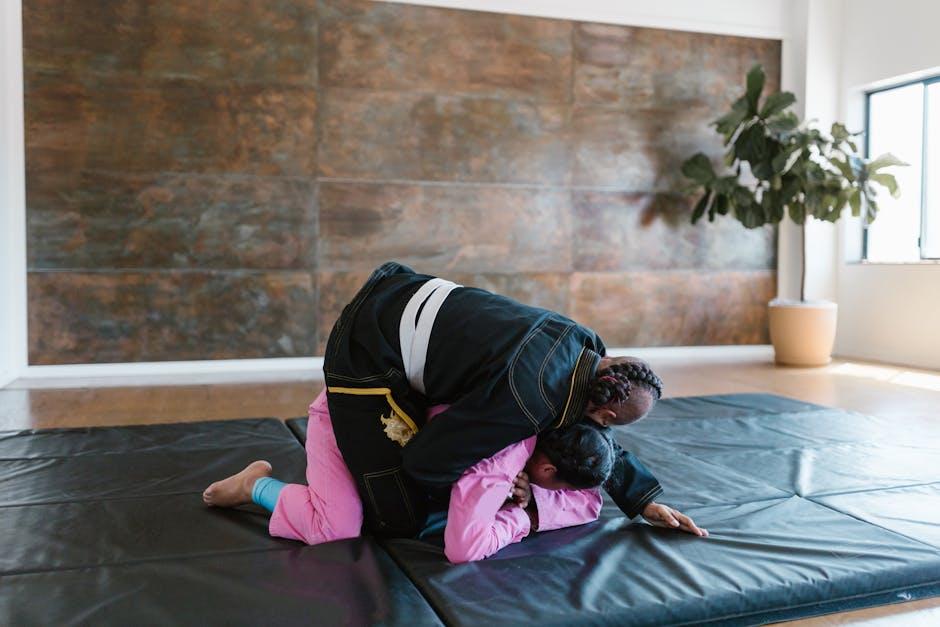
Crafting a Reward-Based Routine for Long-Term Success
Building a routine that integrates reward-based training is essential for fostering long-term success in preventing separation anxiety in dogs. This approach not only strengthens the bond between you and your furry friend but also instills confidence and security in their daily life. Start by establishing a consistent schedule for feeding, walking, and playtime, ensuring that each activity is followed by a reward. These rewards can be treats, toys, or even affection, tailored to what motivates your dog the most. By associating these positive reinforcements with routine activities, your dog will begin to anticipate and enjoy their daily structure, reducing anxiety when they are alone.
- Consistency is Key: Maintain regular times for meals and walks.
- Positive Reinforcement: Use treats or praise immediately after desired behavior.
- Gradual Departure Training: Start with short absences and gradually increase the time away.
- Interactive Toys: Provide puzzle toys or chew items to keep them engaged.
Incorporating these techniques into your dog’s routine can create a predictable and rewarding environment. Over time, your dog will associate your departures and arrivals with positive outcomes, reducing their anxiety and fostering a sense of calm. Remember, patience and consistency are the cornerstones of effective reward-based training, leading to a happier, more secure canine companion.
